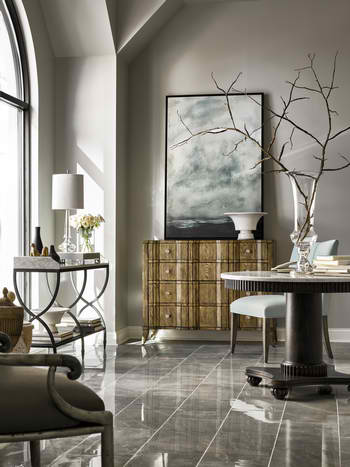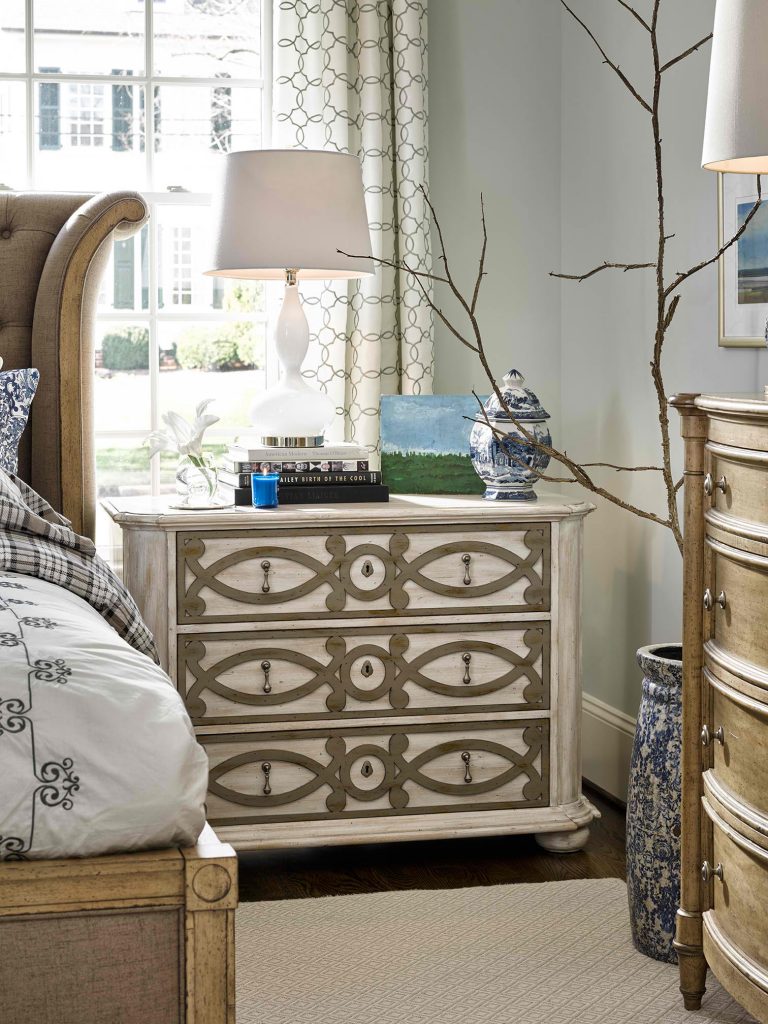
FFDM Brentwood Collection: Everything in this living space is easy, breezy and light.
Very few designs influence the furniture market for a long time. One of such designs is the Scandinavian design, thanks to the hardworking mass retailers, the stark, clean lines that we have come to love have become mainstream. Though this has become a popular interior design theme and a go-to style, do you really know how to define it? What features could be considered solely Scandinavian?
Scandinavian Basics
Let’s begin with the fundamentals – Scandinavian style first showed up in the 1950s. It was a part of Nordic design (a popular design attributed to Denmark, Sweden, Iceland, Finland and Norway) and was a modern movement.
Nordic design prioritized affordability and function above all, hence, the leggy furniture pieces, the leaner upholstery, and the aesthetically sound pieces. These were all in response to the long winters and short days that were common in these nations. White is bright and practical for these wintry interiors which is why this hue became the primary color of Scandinavian design.
Scandinavian Design Today
These days, Scandinavian is a favorite among minimalism enthusiasts because of its lack of fuss. The interiors are particularly trendy throughout the year but more so during the New Year when people are out to create resolutions.
If you keenly observe, you would see the overlapping characteristics of Mid-Century and Scandinavian designs. The differences are in the color palette and the lighting. The former offers darker hues while the latter works with everything that’s bright and light. Scandinavian, after all, is all about maximizing light in the room.
Scandinavian can also be a lifestyle as much as it is a chic look. It entails discipline and loving everything that’s basic and simple such as benches with zero frills. Think also if the bench or ottoman could double as a storage unit. Clutter ruins Scandinavian design so it is best to keep the room clean at all times. Clean up and open windows to allow light and air to circulate – these are the things that make Scandinavian a must-have design.
Scandinavian design should not be intimidating, though. This style may or may not be adapted in its entirety. It can work well with farmhouse furniture pieces and industrial elements. Scandinavian furniture may appear simple but don’t be fooled – when chosen well – they can actually stand the test of time.
Having an appetite for modern things is also okay with Scandinavian style. It also has a place in a traditional setting. The thing about anything that’s Swedish is that you should learn to work with traditional or classic elements. If you know your history then you’re the perfect designer for this style.

FFDM Campton Grove Collection uses white and light blues.
A great place to begin your Scandinavian design is at the dining room. Slowly swap the heavy furniture to light ones then mix interesting, light colors and materials. Have fun – don’t forget that. This is the perfect place where you can have an extendable wood table paired with any simple chairs.
After this, you can move to the living room where you can add a hand-woven mat, some copper light fixtures, interesting candleholders, and some bold accents. Look for masculine elements that would keep your design from looking too feminine. The secret is to allow the light to bounce all around this room. Use a lot of pastels as the backdrop for your darker featured pieces.
Design blogs and magazines might make you think that it is an impossibly immaculate design what with its whitewashed walls, crystal pendant chandeliers and light-flooded rooms. These aren’t always the realistic look for Scandinavian. Just remember to meet both function and uncluttered and you should be fine.
© McCreery's Home Furnishings | All Rights Reserved | Privacy Policy